✅ Strategically choosing trade shows and showrooms that align with your target audience can significantly boost brand visibility and lead generation.
✅ Setting measurable goals (like specific lead counts or partnership opportunities) and closely monitoring ROI ensures better budgeting and long-term success.
✅ Effective pre-show marketing, well-trained staff, interactive booth designs, and consistent post-event follow-up are crucial factors in converting event attendees into lasting business relationships.

Trade shows, showrooms, and industry events remain vital avenues for B2B success. While online channels are indispensable, face-to-face encounters can expedite trust-building, boost product exposure, and accelerate big-ticket sales. In this guide, you’ll learn how to strategically identify valuable events, set goals and budgets, engage in pre-show marketing, train your team, create show-stopping booths, and manage ongoing follow-up. We’ll also explore how permanent or pop-up showrooms can carry the momentum beyond that brief window on the trade show floor.
Identifying the Right Events
Selecting the most suitable shows can significantly influence your outcomes. Start by examining each event’s target demographics, attendance figures, and thematic alignment with your niche:
- Look for consistency in attendee profiles. Over half of trade show attendees are willing to travel more than 400 miles
- The U.S. had around 12.7 million trade show attendees in the first nine months of 2023—15% higher than 2022 but still 20% below 2019 levels.
- Compare total costs against the potential ROI. Factor in booth fees, travel, and marketing spend.
| Event Name | Location | Historical Attendance | Niche Focus | Estimated Cost |
|---|---|---|---|---|
| Example Expo A | New York, NY | 10,000+ (Moderate) | Apparel Industry | $$$ |
| Example Expo B | Las Vegas, NV | 25,000+ (High) | General Wholesale | $$$$ |
| Example Expo C | Chicago, IL | 20,000+ (High) | Food & Beverage | $$ |
Imagine your brand can launch a new high-tech skincare line at a niche beauty expo. If the attendee demographics align with your target segment, you’ll benefit from a concentrated pool of likely buyers.
After choosing a few promising events, it’s time to define your objectives more precisely—knowing exactly what you aim to achieve will guide every subsequent decision.
Setting Objectives and Measuring Success
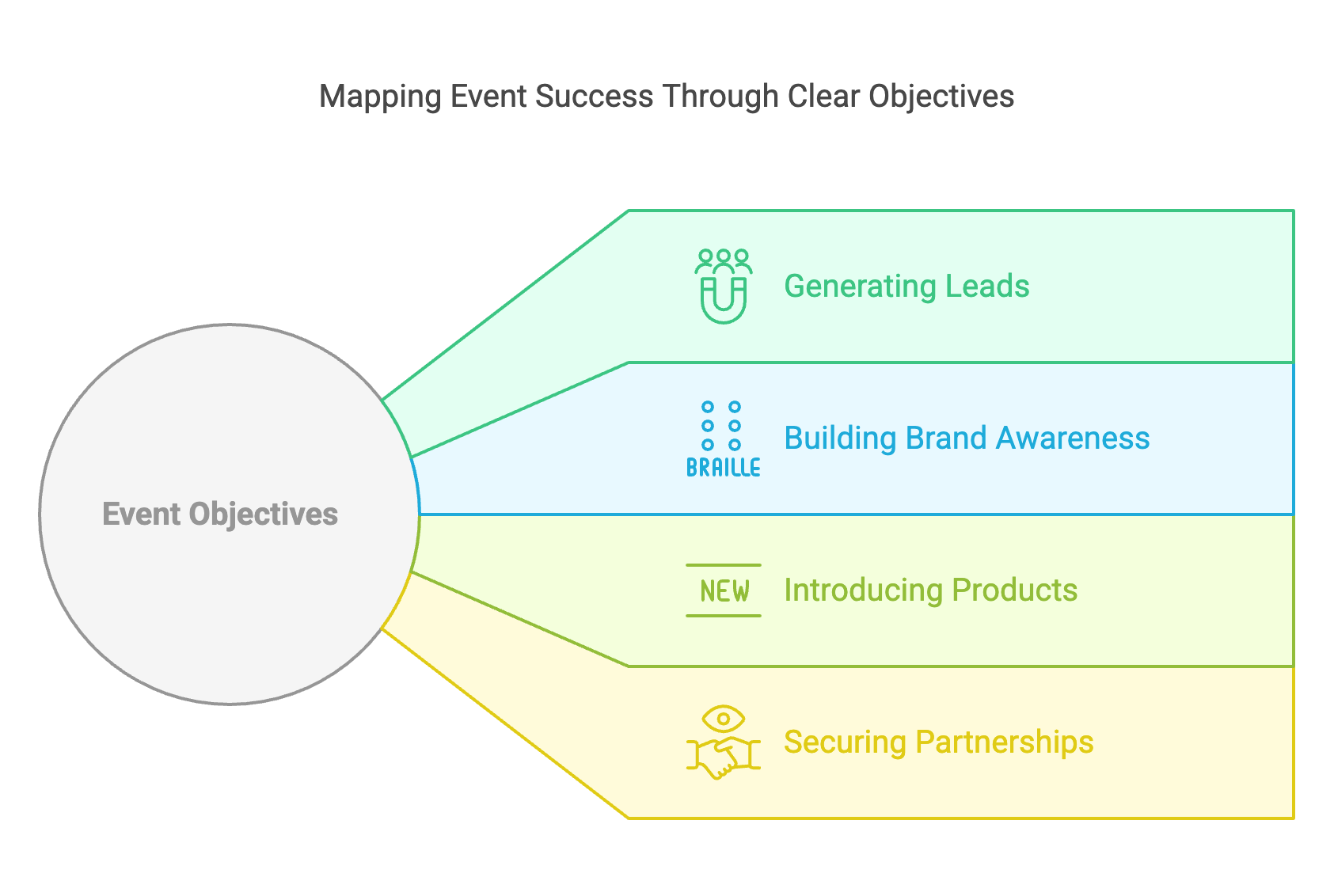
Clarifying your goals before committing to any event helps shape planning and resource allocation. Common objectives include:
- Generating a specific number of qualified leads
- Building brand awareness (e.g., press coverage, social media mentions)
- Introducing a new product line or offering
- Securing distribution or referral partnerships
Link these aims to numeric KPIs. For instance, tie brand awareness to press mentions or booth traffic, and measure partnership success by counting high-level conversations with decision-makers. Return on investment (ROI) is an essential marker; 14% of Fortune 500 companies have reported a 5:1 ROI—earning $5 for every $1 spent on exhibitions.
Pro Tip:
Define both short-term wins (like on-site sales) and long-term metrics (such as new distributors onboarded within six months). This holistic view helps you capture the event’s full impact.
Once you have set measurable goals, you’re prepared to determine how much you can spend and how you’ll forecast potential gains.
Budgeting and Forecasting ROI

Armed with clear objectives, you can effectively plan a budget. Include all potential costs: booth design, travel, staffing, accommodation, promotional materials, and post-event follow-up. A thorough breakdown might look like this:
| Expense Category | Cost Estimate | Notes |
|---|---|---|
| Booth Construction | $5,000 | Banners, layout, décor |
| Travel & Accommodation | $4,000 | Flights, hotels, meals |
| Marketing Materials | $2,000 | Brochures, branded merchandise |
| Staffing & Training | $2,000 | Pre-show orientation, on-site supervision |
| Post-Event Follow-Up | $1,000 | Email campaigns, phone calls, potential gifts |
| Total Estimated | $14,000 |
Many brands see an ROI between 3:1 and 5:1 when they plan rigorously. If you have a well-defined objective of converting 10% of all booth visitors into deals, you can map these potential revenues against your total investment.
Side Note:
Keep a spreadsheet comparing projected ROI to actual performance after each event. These insights clarify which shows are most profitable and shape better strategies in the future.
With both objectives and budgets laid out, you’re ready to drum up excitement for your booth and product offerings.
Pre-Show Marketing Tactics
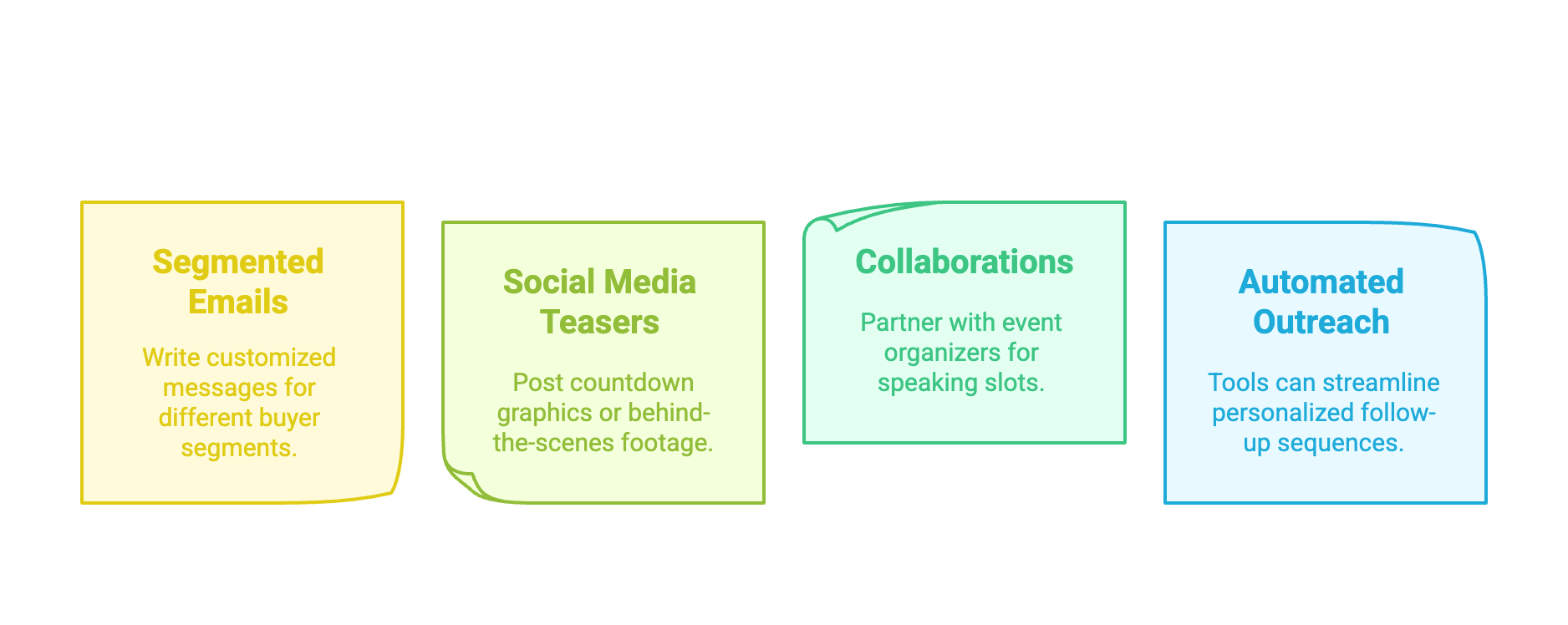
Effective pre-show marketing can raise booth conversions from casual passersby by up to 50%. Here are a few ways to pique attendee interest and direct them to your booth:
- Segmented Emails: Write customized messages for different buyer segments (e.g., wholesalers, retailers, or international distributors).
- Social Media Teasers: Post countdown graphics or behind-the-scenes footage of your booth setup.
- Collaborations: Partner with event organizers for speaking slots or sponsorship badges.
- Automated Outreach: Tools like Overjoy AI can streamline personalized follow-up sequences.
Pro Tip:
Keep your promotional theme aligned across digital channels and ensure all communication (emails, social posts) announces your booth number and any special live demos or giveaways.
Now that you’ve generated buzz, making sure your entire team is prepared is the next logical step.
Team Preparation and Collaboration

According to industry data, trained event teams convert twice as many leads compared to untrained teams—15.8% vs. 7.4%. Focus on:
- Product Knowledge: Each team member should handle common questions.
- Unified Messaging: Align marketing, operations, and sales to prevent contradictory pitches.
- Confidence-Building Exercises: Host practice sessions, such as roleplay Q&As, to refine communication and objection handling.
- Logistics Coordination: Ensure all staffers know their schedules, responsibilities, and how they’ll capture leads (e.g., CRM apps, badge scanners).
Caution:
Over-staffing your booth can overwhelm visitors. Balance coverage so each prospect receives personal attention without feeling crowded.
Armed with a well-prepared team, you’re ready to shine on the show floor.
Maximizing Trade Show Booth Performance

A dynamic booth fosters memorable encounters. Here’s how to stand out:
- Catchy Design: Draw attention with bold signage, ample lighting, and an open floor plan.
- Interactive Elements: VR, AR, or touchscreen product demos can drive lead generation up by 34%.
- Warm Greetings: Encourage staff to initiate conversations rather than wait for attendees to approach them.
Side Note:
Small gift giveaways (pens, tote bags, or tech accessories) can boost booth traffic, but ensure these freebies reflect your brand’s quality.
After solidifying new connections, consider how to maintain ongoing engagement outside the limited timeframe of a trade show.
Showroom Strategies
Showrooms continue this engagement long after the event. They can be permanent or pop-up, each with distinct advantages:
| Showroom Type | Advantages | Disadvantages |
|---|---|---|
| Permanent | Ongoing brand exposure; repeat visits; consistent atmosphere | Higher overhead costs; needs a location with ample foot traffic |
| Pop-Up | Flexible timing, location, and thematic focus | Temporary setup can mean less brand continuity |
According to recent findings, 55% of consumers visit a physical showroom before making a purchase. This in-person setting helps maintain buyer interest, especially for high-value or complex products.
Pro Tip:
Integrate virtual elements—like 3D tours or live video demos—for prospects who can’t easily travel. Showrooms then become a hybrid platform, catered to both local and remote B2B buyers.
With your booth performance optimized and showrooms in place, the next challenge is turning casual conversations into lasting business relationships.
Lead Management and Follow-Up

Collecting leads at an event is no guarantee of sales. Swift, strategic follow-up often closes the gap:
- Digital Capture: Use mobile apps or scanning tools to log all interactions.
- CRM Integration: CRM systems like Overjoy AI centralize lead data and automate personalized email or call campaigns.
- Segmentation: Sort leads into categories—Hot, Warm, Cold—to prioritize outreach.
- Timely Contact: Trade show attendees are 72% more likely to buy from an exhibitor they’ve met than from a remote competitor, so send tailored thank-you messages within two days and schedule product demos or meetings soon after.
Tip:
Track response rates for each follow-up campaign. Low engagement signals you may need to tailor your messaging or product pitch.
Highly interested, high-value prospects may need extra attention beyond standard follow-up.
Targeting and Engaging High-Value Prospects

Events often share attendee lists in advance. Use these to identify decision-makers or large-volume buyers:
- Exclusive Demos: Set aside one-on-one sessions where executives can see your product’s full potential.
- Private Networking: Host invite-only events or dinners to create more relaxed, productive conversations.
- Speaking Engagements: If granted a keynote or panel spot, you’ll immediately position yourself as a knowledgeable authority in the field.
Side Note:
Provide VIP guests with a direct point of contact (e.g., your sales director’s mobile number) so they can reach out with questions after the show.
These intensified engagements often transition naturally into more formal partnerships.
Post-Event Strategies and Long-Term Partnerships
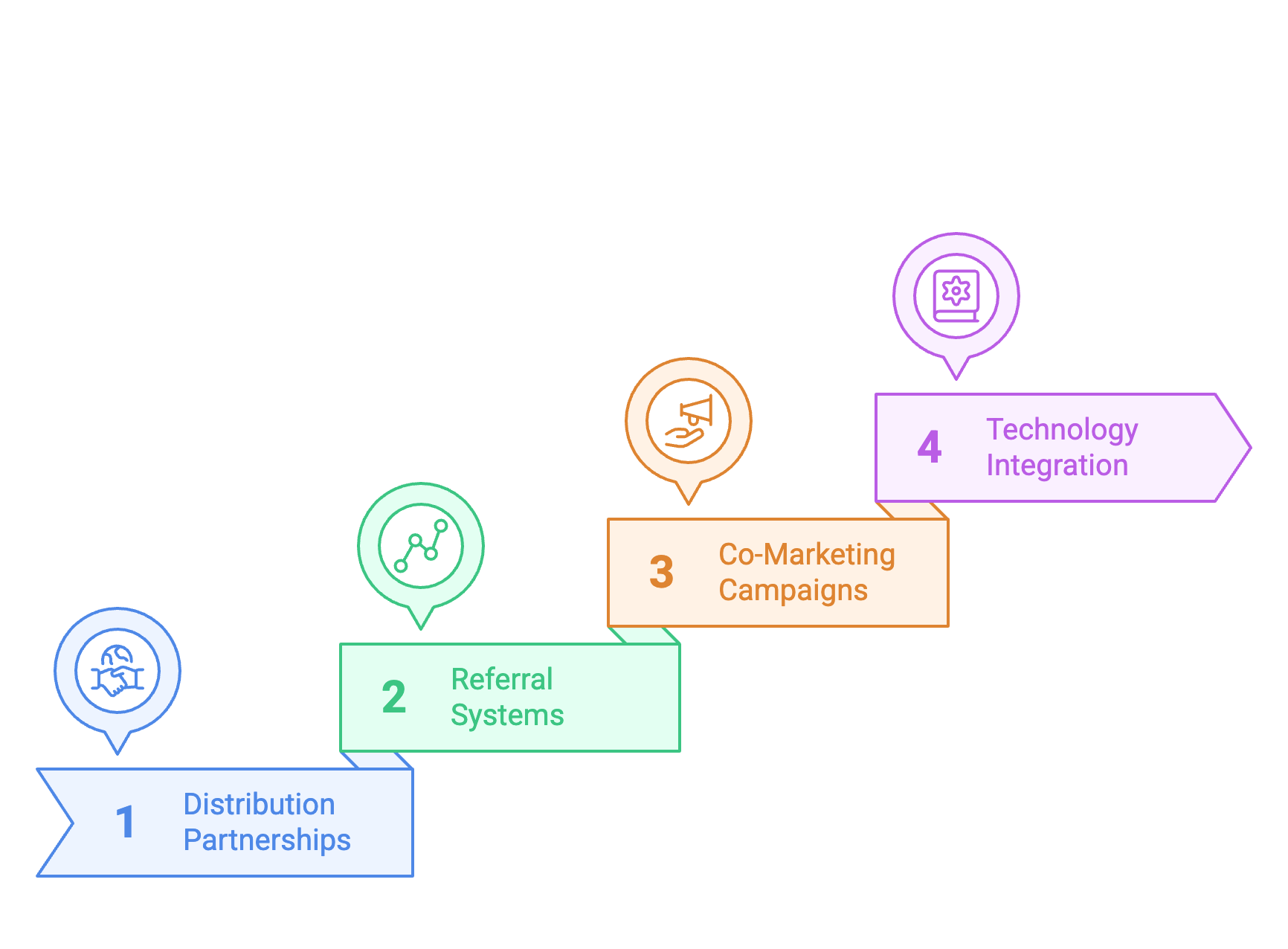
Many gains materialize days or weeks after the show. Plan your next steps:
- Distribution Partnerships: Collaborate with established networks to expand your reach.
- Referral Systems: Offer commissions for each successful referral.
- Co-Marketing Campaigns: Host joint webinars or digital promotions with complementary businesses.
- Technology Integration: Seamlessly merge your products or platforms with another company’s solutions.
Pro Tip:
Draft a calendar with follow-up checkpoints (Day 3, Week 2, Week 4). This consistent outreach determines whether a promising lead turns into a dependable partner.
Even the best partnerships falter if logistics and operational details are mishandled, so stay organized behind the scenes.
Logistics and Operational Considerations
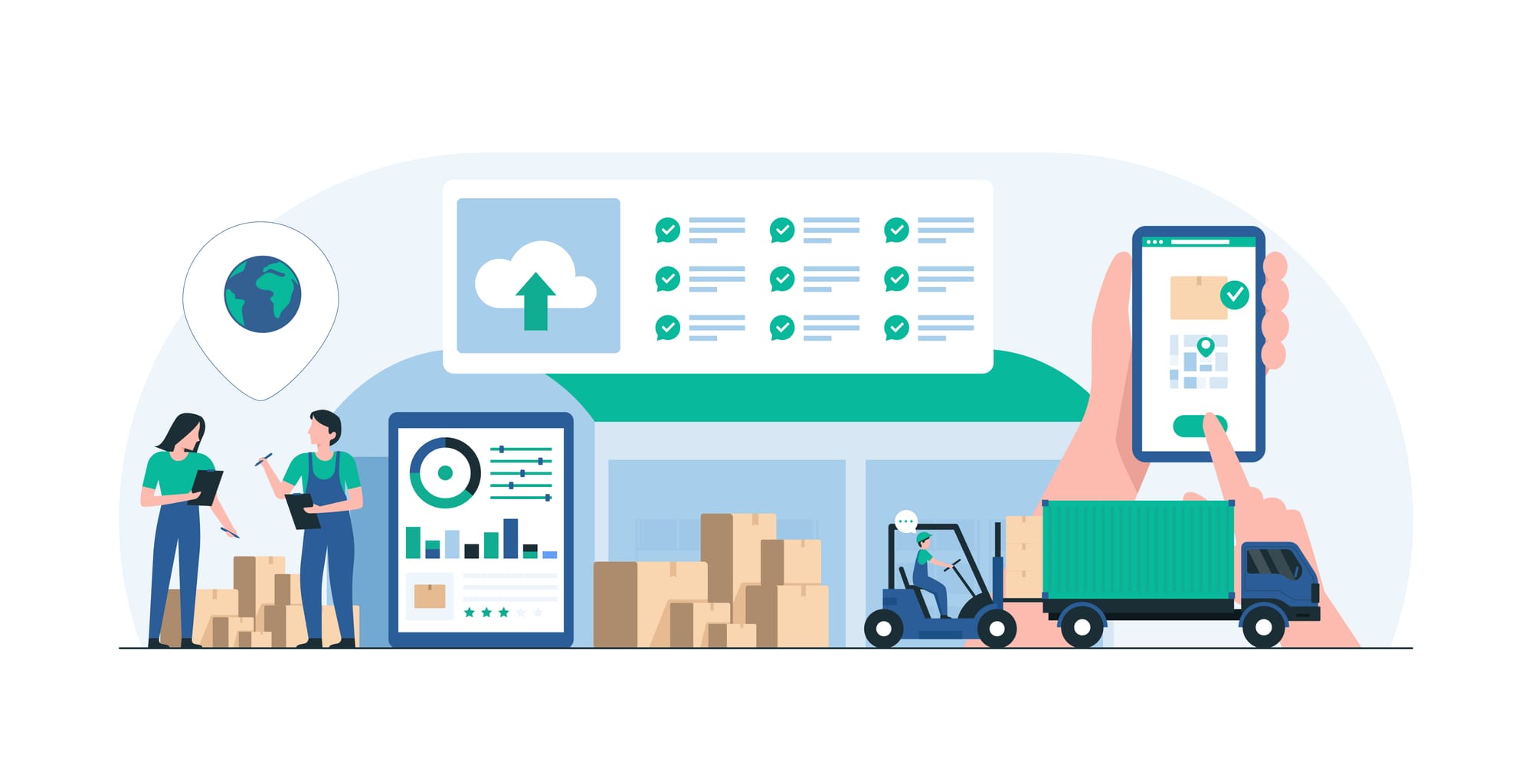
A lack of organizational foresight can nullify your best efforts. Keep these in mind:
- International Shipping: Clear customs requirements and transit times well in advance.
- Venue Regulations: Check rules on booth designs, safety, or free sample distributions.
- Eco-Friendly Practices: Sustainable materials and minimal waste can enhance your brand’s image for environmentally conscious buyers.
- Health Guidelines: Rules may vary by region, so stay updated with the latest protocols.
Caution:
Neglecting local cultural nuances—like language or business customs—can cause miscommunication. A little research goes a long way in establishing rapport.
When logistics run smoothly, you’re free to explore emerging trends that can further amplify your brand’s event results.
Innovative Event Models and Future Trends

Events continue to evolve. Hybrid and virtual formats can lower overhead costs by up to 75% while increasing your reach. Meanwhile, AI-powered networking platforms boost lead generation:
- Hybrid Shows: Combine in-person exhibits and virtual sessions, allowing remote attendees to join.
- AI Matchmaking: Some events leverage these tools for a 35% jump in attendee engagement and a 20% rise in satisfaction.
- Real-Time Analytics: Track booth dwell times or measure how often guests scan your digital product brochures.
Side Note:
Adopt these technologies carefully. Provide straightforward instructions and plenty of tech support so all attendees benefit from the new features.
Finally, remember to circle back and evaluate your event’s broader impact on sales and brand growth.
Conclusion
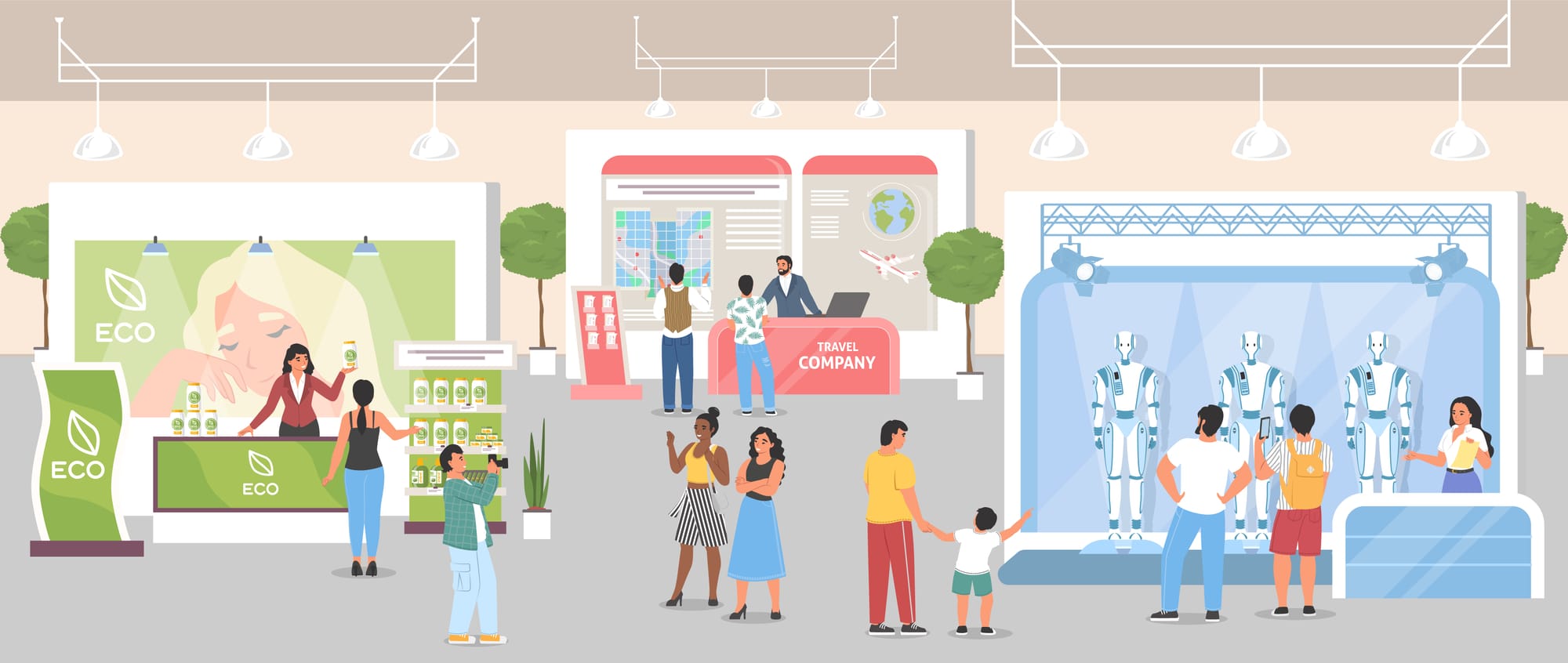
Trade shows, showrooms, and industry events can be powerful catalysts for B2B success. By:
- Choosing well-aligned events
- Defining and measuring clear objectives
- Properly budgeting and forecasting ROI
- Employing strategic marketing and robust team training
- Maximizing booth performance and leveraging showrooms
- Following up diligently and forging long-term alliances
—you can transform passing interest into lasting partnerships. In doing so, you not only elevate your brand’s reputation but also pave the way for consistent, scalable growth.
Pro Tip:
View each event not as an isolated marketing expense but as part of an integrated strategy. By synchronizing show appearances, showroom engagement, and ongoing digital outreach, you’ll drive higher ROI and stay top-of-mind for your customers year-round.







